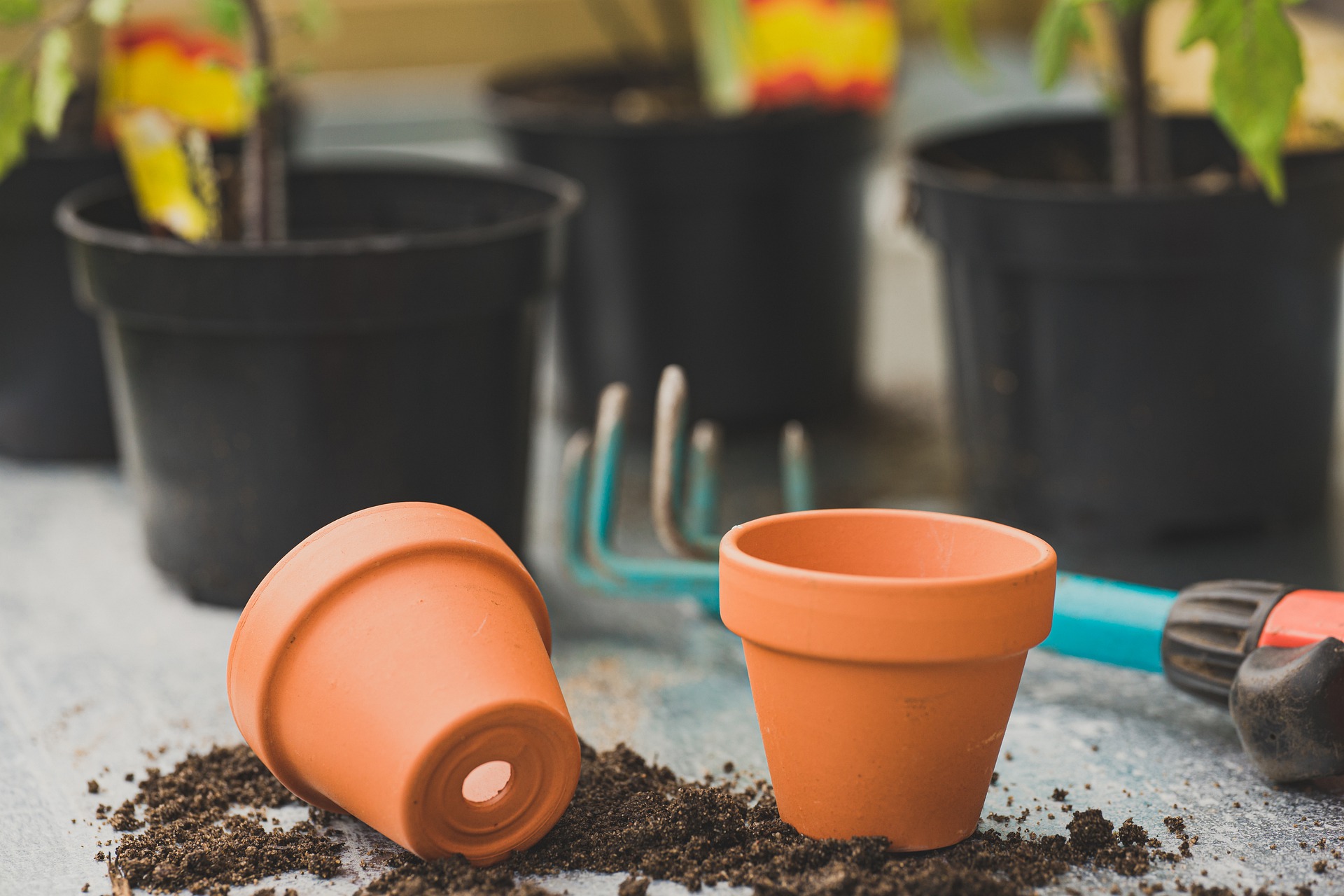Nursery pots serve as temporary homes for young plants, offering them a conducive environment to establish roots before being transplanted into the ground or larger containers. However, as plants grow, the question arises: How long can outdoor plants stay in nursery pots? In this blog, we’ll explore factors influencing the duration plants can remain in nursery pots, tips for optimizing their growth during this period, and signs indicating it’s time for a transplant.
Understanding Plant Growth in Nursery Pots:
Plants nurtured in nursery pots experience limited space for root expansion compared to the open soil. While smaller plants can thrive in these containers for extended periods, larger plants may outgrow their pots quicker. Understanding the growth habits and needs of your specific plant species is essential for determining the optimal duration in nursery pots.
Factors Influencing Duration:
- Plant Species: Different plant species have varying root structures and growth rates. Some may tolerate confinement in nursery pots for longer periods, while others require prompt transplantation to prevent root binding and stunted growth.
- Pot Size: The size of the nursery pot directly impacts the plant’s growth potential and duration of stay. Larger pots provide more room for root development and can accommodate plants for an extended period compared to smaller pots.
- Soil Quality: Nutrient-rich soil promotes healthy root growth and enhances a plant’s resilience to container confinement. Regularly replenishing nutrients through fertilization can extend the duration plants can stay in nursery pots.
- Environmental Conditions: Factors such as sunlight exposure, temperature fluctuations, and watering frequency influence plant growth and root development in nursery pots. Providing optimal environmental conditions mitigates stress on plants and supports prolonged stay in pots.
Tips for Maximizing Growth in Nursery Pots:
- Choose the Right Pot Size: Select nursery pots that accommodate the current size and growth potential of your plants. Avoid oversized pots, as excessive soil volume can lead to waterlogging and root rot.
- Optimize Soil Drainage: Ensure proper drainage by incorporating materials like perlite or gravel into the potting mix. Adequate drainage prevents water accumulation at the bottom of pots, reducing the risk of root diseases.
- Regular Watering: Maintain consistent soil moisture levels by watering plants as needed. Monitor soil moisture using a moisture meter or by checking the soil’s top inch for dryness. Avoid overwatering, as it can suffocate roots and promote fungal growth.
- Provide Nutrient Supplements: Supplement soil nutrients through organic or synthetic fertilizers to sustain plant growth and vitality. Follow recommended application rates to prevent nutrient imbalances or toxicity.
Signs It’s Time for Transplantation:
- Root Bound: Visible roots protruding from drainage holes or encircling the inner walls of the pot indicate root binding—a condition where roots outgrow the container’s capacity, hindering further growth.
- Stunted Growth: Plants exhibiting slowed growth, wilting, or yellowing foliage may signal inadequate root space or nutrient deficiency, necessitating transplantation to larger pots or the garden.
- Waterlogged Soil: Excessive water retention in the potting mix, evidenced by foul odors, mold growth, or soggy soil texture, indicates poor drainage and root suffocation, prompting immediate intervention.
While nursery pots offer a convenient starting point for plant cultivation, their suitability as long-term habitats varies depending on several factors. By understanding the dynamics of plant growth in nursery pots and implementing appropriate care practices, you can maximize the duration plants stay in pots while promoting healthy development. Remember to monitor plant growth regularly and heed signs indicating the need for transplantation to ensure your outdoor plants thrive in their new surroundings.




